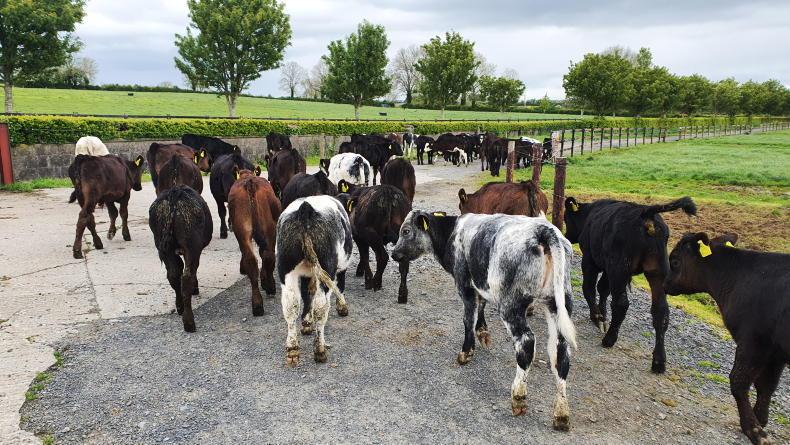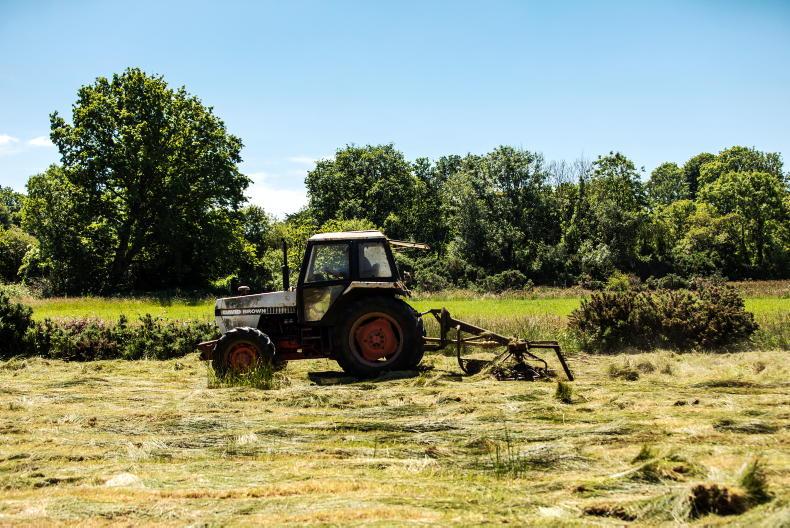The year is quickly moving on and it is now time to plan for castrating spring-born bull calves in a dairy beef system.
Here, we take a look at the main factors to consider to ensure the process runs smoothly and minimises any production loss.
The primary consideration in every aspect of the procedure should be to minimise the stress level of the animal as much as possible.
Stressed animals are not going to thrive and are at greater risk of a breakdown of their immune system, which can lead to more serious illness.
Obviously, castration itself is quite an ordeal on an animal and will raise stress levels in calves for a few days.
Therefore, it is very important that farmers do all they can to minimise any other stresses on the animal by adapting good management practices around the time of castration.
1. Timing
First of all, from a legal point of view, male calves over the age of six months must be administered with a local anaesthetic, which means involving your local vet.
Where they are under six months of age, there is no legal requirement to administer either painkiller or anaesthetic.
However, some vets recommend the use of a painkiller for a procedure like this. It will help to reduce pain and stress, minimising the disruption to the animal.
Getting the timing of castration right is the crucial first step to a successful outcome from castration.
For spring-born calves, now is the ideal time for this to be carried out. Getting castration out of the way now, when conditions such as weather and grazing quality are still very good, means there should be no nutritional stress on the calves at this time.
If we were to leave it until late September or into October, ground conditions will be poorer, as will grass quality and weather conditions, which can have a negative effect on calves.
Also, bull calves born in February and early March should currently be in the region of 150kg to 160kg and are just right from a weight point of view for castration.
Obviously, leaving this procedure until later in the year, the calves will be more mature and it can have more of a negative effect on performance post-castration.
As well as this, from a safety point of view, it is easier to handle calves at lighter weights.
2. Tetanus
While castration will typically be carried out by burdizzo, it is still advisory that prior to castration all calves are covered for tetanus.
While farmers may think that animals are covered for tetanus once they have received their clostridial vaccination, it is important to note that not all clostridial vaccinations include tetanus.
It is also important for animals to have received a two-dose initial clostridial vaccination to maximise immunity. The two doses should be given four to six weeks apart.
Where a single dose was administered earlier in the year, if it is more than six weeks ago, then another two-dose programme will be required.
3. Dosing
Calves that are suspected to have a heavy worm burden should not be dosed around the same time as castration.
Coughing up large amounts of dead worms can put a huge stress on the animal. If this occurs at the same time as the stress of castration, it can cause problems such as pneumonia in calves post-treatment.
Where calves are noted to be coughing excessively after a short run, it would be best to dose for lungworm and delay castration for two to three weeks to stagger the stress factors on the animals.
Where calves have been adequately dosed all season and are showing only minor signs of lungworm issues, then dosing shouldn’t be an issue around the time of castration.
4. Castration
The procedure itself should be carried out by someone who knows how to use a burdizzo. As stated above, where calves are over six months old, this means it must be done by your vet.
Castrating animals is not a job that should be tackled on your own. Make sure you have good help when doing the task and try to do it as safely as possible.
Loading calves into the race so that they are well wedged in side by side is a good idea.
Start at the back of the race and let each bullock out at the back of the race once they are castrated.
Have someone hold the calf’s tail up over their back, as this will help take the power from the back legs and reduce the likelihood of calves kicking.
5. Watch stock closely
Post-castration, keep a close eye on stock for the following few days.
Some swelling of the scrotum is to be expected and typically nothing to worry about. If the swelling is severe, it is time to investigate.
If you notice a bullock swelling in front of the scrotum and right along the belly, it typically means the penis was caught with the burdizzo at the time of castration. This could require surgery to rectify.
Feeding one kilogramme of meal to calves every morning post-castration is a great way to ensure they all come up for feed and look healthy.









SHARING OPTIONS